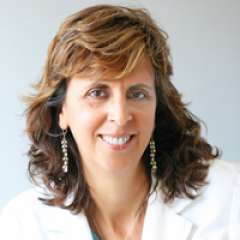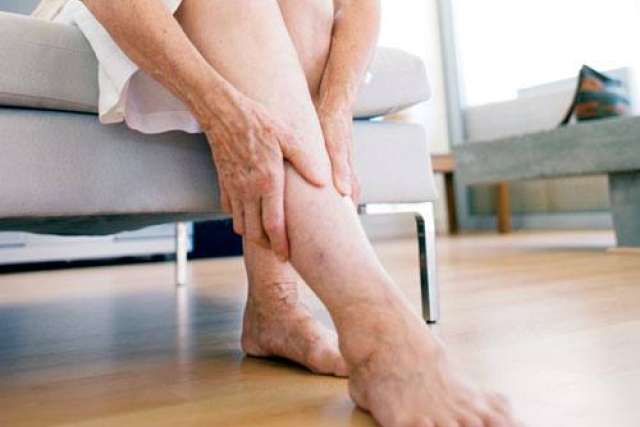Varicose veins affect about 25 percent of women and 15 percent of men during their lifetime. Fortunately, there are many ways to treat this condition.
"Varicose veins can form when the vein wall and valves that move blood back to the heart malfunction, causing leg swelling and inflammation," explains Cheryl Hoffman, MD, UCLA interventional radiologist. "The veins can become dilated due to this abnormal blood flow."
Varicose veins most commonly occur in the legs, she adds, where gravity and other factors make returning blood back to the heart more difficult.
Who’s most at risk for varicose veins?

“Your genes are the number one contributing risk factor for developing them," says Hoffman. “When one or both parents have varicose veins, your risk for them increases.”
Other contributing factors include pregnancy, obesity, older age, prolonged standing and physical inactivity.
Many people with varicose veins often complain that they are painful, uncomfortable and unsightly. Fortunately, there are treatment options.
Hoffman’s first recommendation is to increase physical activity. “When we walk, the contraction of the calf muscle helps circulate blood back to our heart, alleviating the buildup that contributes to varicose veins,” she says.
For that reason, she also recommends compression socks or stockings, which aid with blood circulation.
When those measures fall short, Hoffman and colleagues may turn to minimally invasive procedures:
- Endovenous thermal ablation uses heat to close off an improperly functioning vein, thereby redirecting blood flow through other veins.
- Mechanochemical ablation uses a rotating catheter and medication to close off the poorly functioning vein.
- Phlebectomy uses a series of tiny skin incisions to remove the affected veins.
- Sclerotherapy involves injecting a specific chemical to shrink the veins.
For more information, visit the UCLA Varicose Vein Clinic website.



